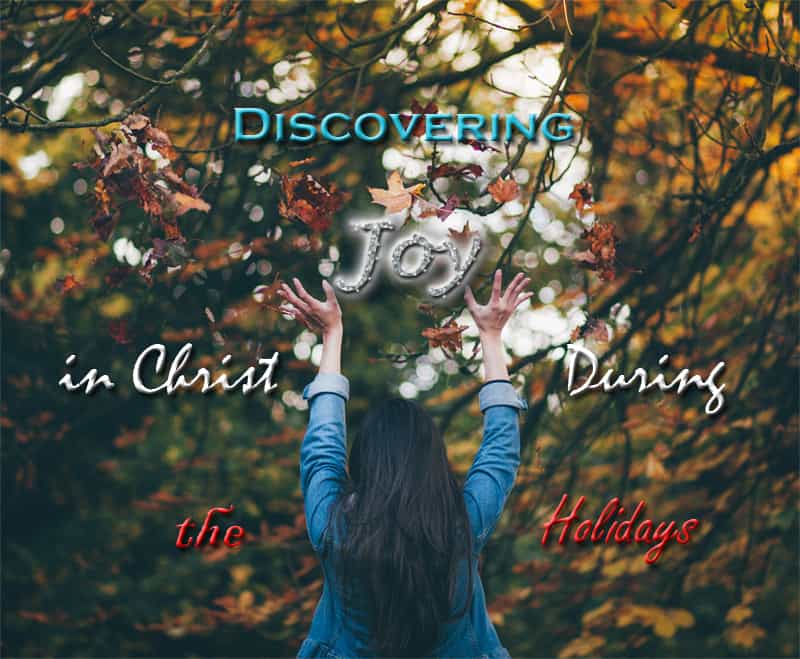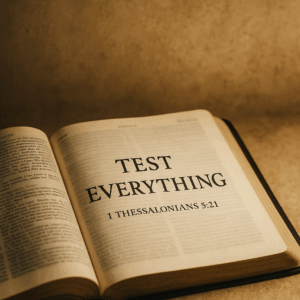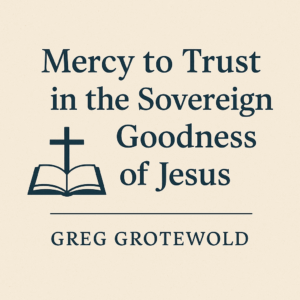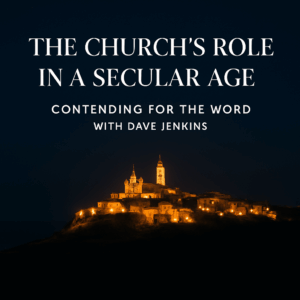⏱️ Estimated Reading Time: 7 min read
It was a couple of days before Christmas, and I was on a scavenger hunt through Walmart looking for a bottle of bubble bath.
That morning, my daughter commented that she was really looking forward to her Christmas Day bubble bath. This caught me off guard. I hadn’t realized that I had inadvertently created a tradition by having Santa leave a giant jug of bubble bath for several years running, and then letting the kids take turns soaking in the tub on Christmas Day. Well, at least on the Christmas Days we stayed home.
Over the past ten years, we’ve celebrated every Christmas in different places, with different faces and various celebrations. So if a bubble bath next to the stockings was one constant my kids could expect each year, I had to figure out where this Walmart was hiding it.
I tried to remember the origin of this tradition. I think it was one of the first Christmases after my husband joined the Air Force and we realized it was going to be “just us” for Christmas. With both of us coming from families where every holiday involved large extended families, this felt very foreign and strange. But I rallied, declaring Christmas Day would be a Lazy Day with pajamas and movies and a bubble bath for everyone. My husband decided to grill steaks instead of hassling over ham or turkey. When we ran into a friend whose husband was deployed, we invited her to come and hang out with us because she had no other plans. She accepted and came with her daughter. It was a great Christmas, even though the Jell-O salad never set.
In some ways, not having a set plan for the holidays makes it easier to manage, because we can make it our own and aren’t overwhelmed by family obligations. But in other ways, it’s more stressful because our constantly changing circumstances put on the pressure to reinvent the holiday every year. We might make close friends and spend two or three Christmases with them, but as soon as we start to recognize a tradition in the making, someone moves away. A church might have a Christmas Eve service we love, but the next year, we live in a different state. We’ve only made it back to our families for one Christmas in the past ten.
Without solid traditions, I’m scrambling to figure out how I’ll piece it all together every year when I see the holiday decorations and baking supplies displayed again. When I think of my kids, I think of all the moves, the new schools, and all the activities we end up dropping when we move. I think of all the friends they say good-bye to and all the time away from family, cousins, and grandparents. I feel like I can’t let Christmas be a let down for kids who spend so much of their lives in transition. When I found something that seemed to go over well, I’d look at my husband and say, with not a little snark in my voice, “Christmas Magic.”
But for a long time, I wasn’t feeling the “Christmas Magic” of true joy and generosity. It was an abstract term I used to describe when I felt like I got through the holiday without disappointing anyone or major disasters.
About five years ago, I got it in my head that the family was going to do Advent candles and devotions each week in December. Since I haven’t attended a church that emphasized Advent, this was an entirely new idea to me. I found a family Advent devotional book, scoured craft stores for the purple and pink candles, and rigged it all up with votive candles and “greens” made out of an artificial wreath. The devotion directed us to celebrate each Sunday night leading up to Christmas with the themes of Hope, Peace, Love, and Joy, and then light a big white candle on Christmas Eve to celebrate Advent of the Savior.
Since then, our family’s Advent Sundays up to Christmas were always a bit of a chaotic hodge-podge, like everything else in our life. I’ve upgraded our candles to tapers on stands and made our fake wreath fit on the mantle in our new house by squishing it in half. We still use the same book that directs us to sing carols and read verses, which we take turns doing, and the kids argue over who go to light the candle (an excuse to use the lighter!). Some Sundays we’re busy and make up Advent the next night we can.
But every time we sit down with family, we light the candles on our makeshift wreath while my husband strums his guitar and I am reminded that bringing joy to Christmas doesn’t require any other traditions but these. Advent observances don’t involve preparing elaborate meals, buying gifts, or throwing a big party (just finding a chair for a guest who happens to show up). Advent reminds us to take a break from the holiday madness so we can sit down and ponder the hope, peace, love, and joy, that belong to us because of Christ. Remembering Advent relieves a lot of the pressure to create “Christmas Magic” because it reminds us to let the joy of the Lord carry us through not only the holiday season but the entire year – regardless of where we happen to be living or who we celebrate with.
Reflecting on the carols in the quiet of Advent evenings made me notice them more as I went about my Christmas business. Singing “God rest ye merry gentlemen, let nothing you dismay, remember Christ our Savior was born on Christmas Day,” is a vivid reminder that Christmas isn’t about finding the perfect gifts or filling every seat around a table, but it’s “tidings of comfort and joy” that ultimately lead to rest. “Veiled in flesh, the Godhead see, hail incarnate deity, pleased, as man, with men to dwell, Jesus our Emmanuel” is a hymn of celebration beautifully bursting out with the profound theology of “The Word became flesh and dwelt among us” (John 1:14). “Joyful all ye nations rise, join the triumph of the skies!” caused me to tear up a little as it reminded me of the reality of the hope Jesus’ birth brought to the world.
The structure of Advent reminded me to refocus our energy for the holidays around hope, peace, joy, and love. Christmas wasn’t just an overhyped day that required months of preparation and planning, but the climax of a larger story. Advent devotions help us to remember why we need a Messiah and to celebrate that Jesus is here for us. Advent is a reminder for Christians they serve the Lord God who entered our time and space as a human baby with the most humble of births. During this season, we remember Christ and the “light and life to all he brings, risen with healing in his wings.” We can hold that hope in our hearts as we prepare to celebrate his Resurrection glory in springtime.
The simplicity of that early pajama and bubble bath Christmas gave us a glimpse into a way to celebrate hope, peace, joy, and love without getting caught up in the trappings of Christmas and gave us a loose structure for future unpredictable holidays. If we’re staying home, my husband cooks on the grill, varying the meal to feed whoever can come. We fill our table by asking people, especially other military members and their families who might end up alone, “What are you doing for Christmas?” and if they answer “Nothing,” we follow with, “Then come to eat with us.” After we eat, depending on who shows up, we might watch a Christmas movie or sit around and talk. Some years, the potluck turns out to be abundant, and we eat leftovers until we can’t move. Throughout the month, we use our Advent Sundays to pull us back to remembering that we’re celebrating the Incarnation, lighting the final white candle to symbolize the light Jesus brought into his world with his birth.



